*Foraging for mushrooms without a guide or any prior knowledge and experience is an extremely dangerous undertaking. The majority of fungi that exist are poisonous to humans and edible mushrooms are an exception rather than the norm. Never consume anything that you are not 100% sure is safe. Any information in this article or website should not be taken as professional advice.
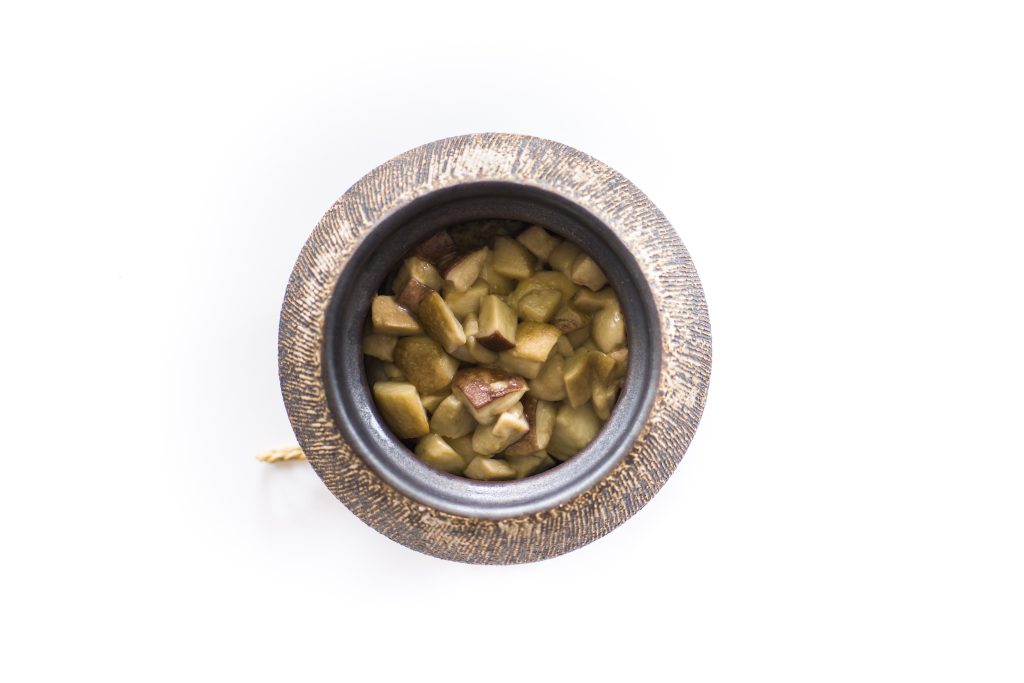
Famous for its lighthearted atmosphere and creative cooking, restaurant Den (傳) needs no introduction and has been featured in almost every restaurant ranking list in the world. When it comes to rice courses that round out the end of the meal, no chef is more renowned for producing the most memorable and well throughout dishes compared to Den’s Zaiyu Hasegawa (長谷川在佑).
His repertoire includes many crowd favorites including scallop and corn rice, fried anago rice and soy-glazed cod rice. Whilst his cooking is often thought of as slightly playful, there is no mistake that he is highly skilled at crafting dishes and pairing ingredients together.
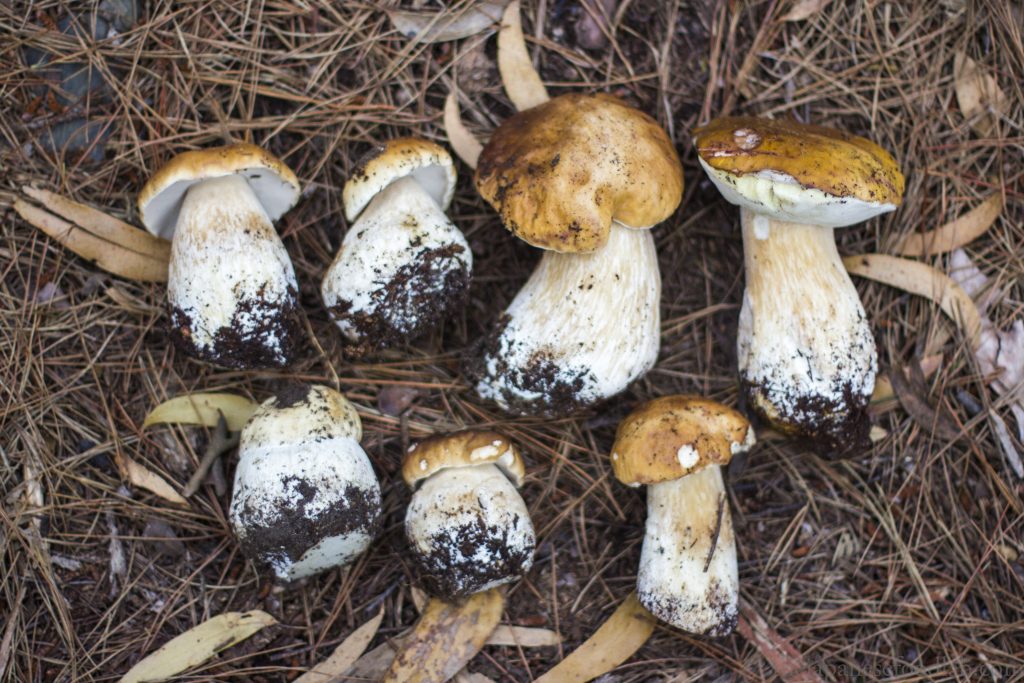
While not immediately obvious to the diner, what makes his rice dishes so delicious is that he is always generous with the ratio of ingredients to rice and has the unique skill of getting the perfect balance of flavors in every bite. If not done correctly, these dishes can come across as either too plain or too rich.
Just like most claypot rice dishes, you’ll want to use a larger donabe than the amount of rice to ensure adequate space for other ingredients. So for 1 cup of rice you’ll want to use at least a 3 cup donabe. All of Zaiyu Hasegawa’s dishes are usually cooked in donabes made by Anraku Kiln.
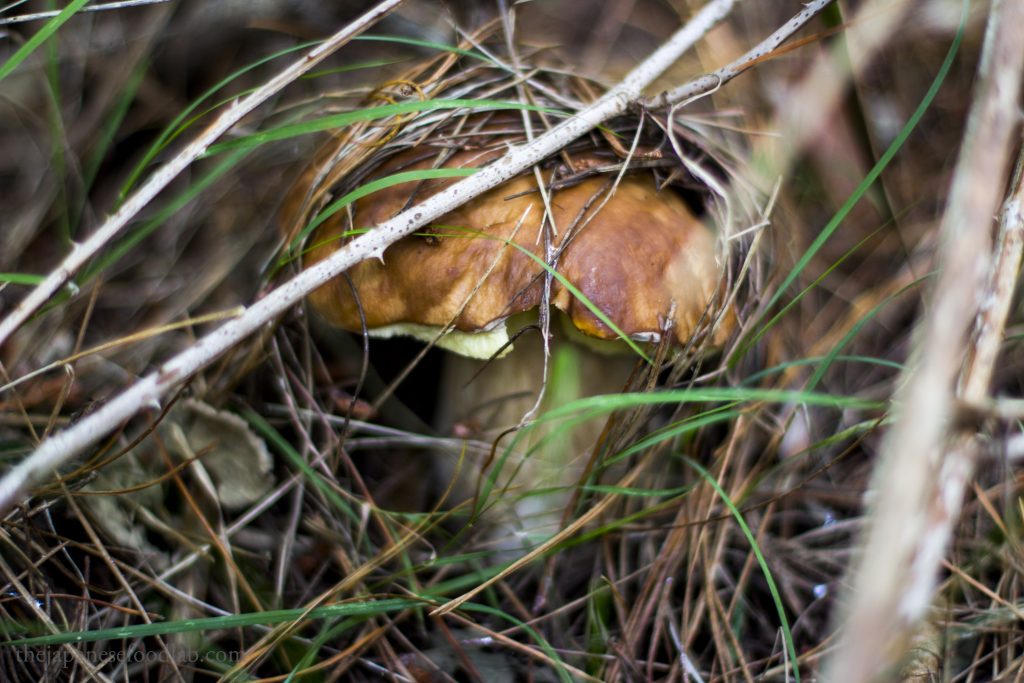
In this article, we’d like to introduce our take on his signature wild mushroom rice. This recipe stands out as it applies different cooking techniques to different mushrooms in order to bring out the best flavor, before adding them at different stages to the rice.
The rice is cooked in a katsuobushi dashi which builds a savory base on which the flavor of mushrooms stand. The savouriness and umami of the mushrooms are further boosted by a small addition of soy sauce. Finally, the dish is further elevated by the addition of duck fat that melts into and coats each individual grain of rice, providing a distinct gamey and fits perfectly into the theme of a rich and robust umami flavor profile. The duck fat’s unique richness intertwines with the earthy essence of the mushrooms, creating a harmonious marriage of flavors that Zaiyu Hasegawa’s depth in culinary composition.
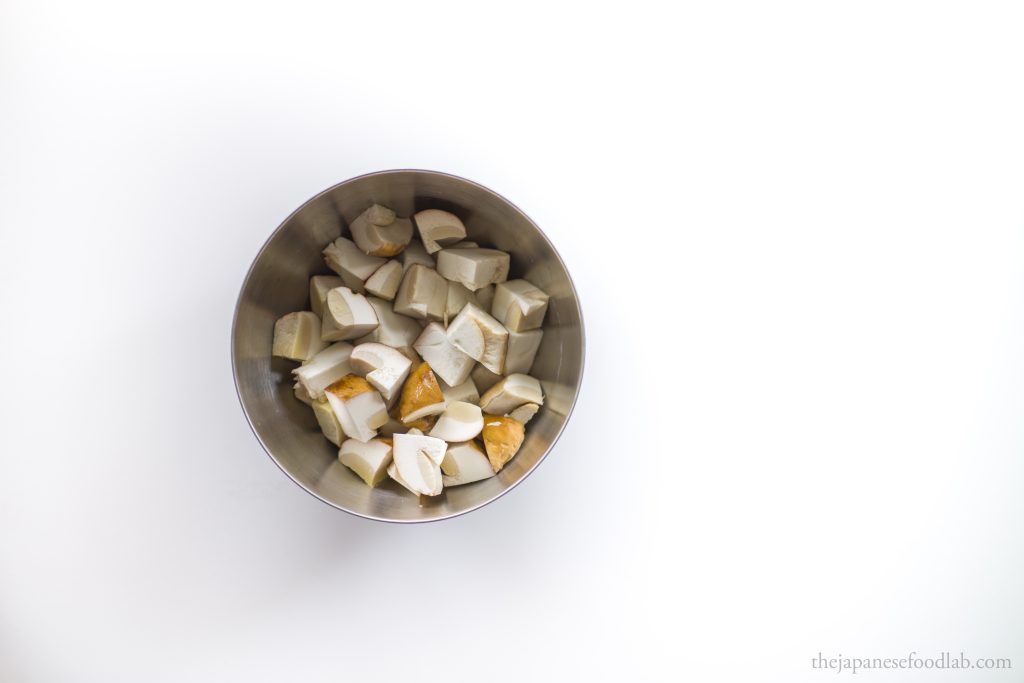
The availability and variety of wild mushrooms differs greatly depending on where you live. Even if you’re lucky enough to live in a place where you can source wild mushrooms, the differences in soil ecology and species composition means that it is highly unlikely you’ll be able to find the same mushrooms as in Japan. Therefore, you’ll need to adapt this recipe to what’s available to you.
For mushrooms that lose their texture when stewed, stir-fry them before combining them with the cooked rice at the end to bring out their original flavor and texture. Common wild mushrooms that fit this include laccaria, morels, chanterelles, black trumpets and shaggy mane.
For mushrooms that get their flavor when boiled and have a meatier texture, cook them together with the rice. For example, maitake, porcinis and lion’s mane.
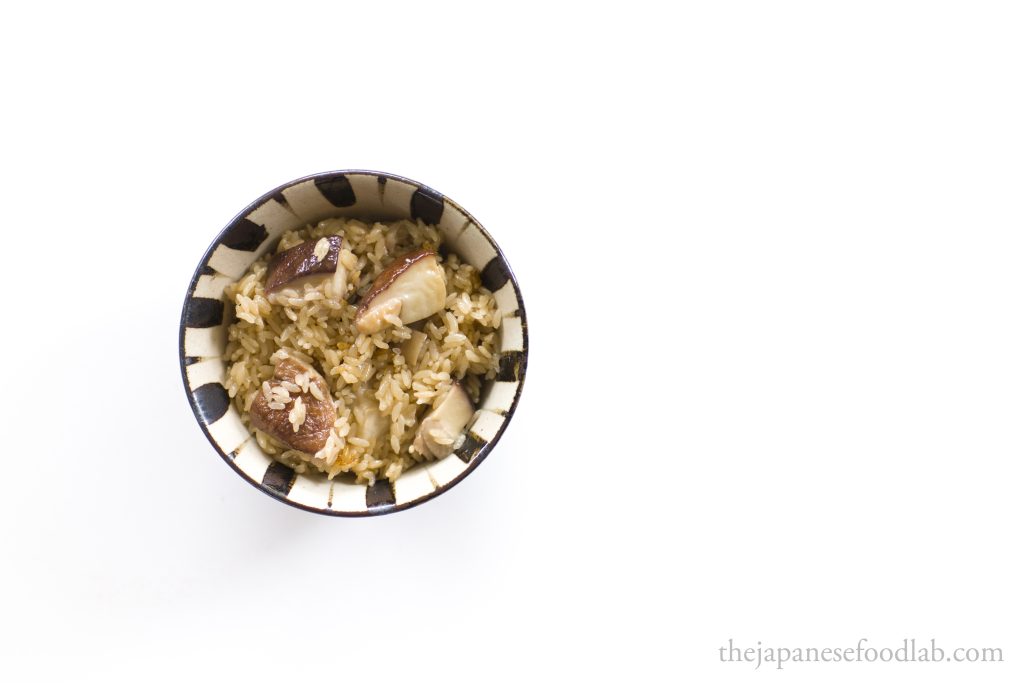
Wild mushroom donabe rice recipe
200g of assorted wild mushrooms
300g of rice (2 Japanese rice cups or 360ml)
400ml of dashi
30ml of soy sauce
20g of duck fat
To start making this dish, ensure that all the wild mushrooms are properly cleaned to remove any insects or dirt that might have gotten trapped. Soak the rice in water for 30 to 40 minutes.
Cut up the mushrooms into large pieces, keeping in mind that mushrooms can shrink considerably when cooked. Strain the rice and add it to your donabe along with the dashi stock and soy sauce. Add the mushrooms that are able to retain their texture when boiled on top of the rice and close the lid. Cook as per your donabe maker’s instructions for white rice.
While the rice is cooking, saute the remaining mushrooms using the duck fat and set aside. Once the rice has cooked, add in the sauteed mushrooms and reclose the lid for a few minutes to allow it to reheat. Present the dish to the guest and thoroughly mix to make sure the mushrooms are evenly distributed and the duck fat coats the rice. Serve with miso soup and pickles.
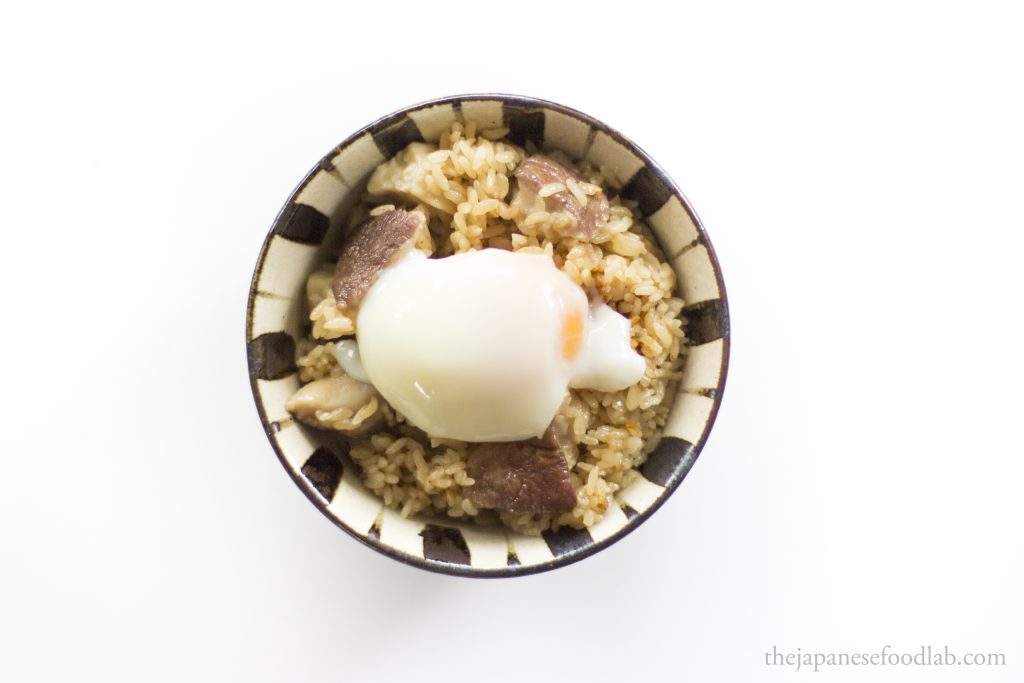
Notes:
Other than the mushrooms mentioned above, some wild mushrooms found in Japan that have been used in this dish include Lactarius laeticolorus (Akamomitake/アカモミタケ) most recognisable for its orange color. People from Australia would recognise it as similar to saffron milkcaps (Lactarius deliciosus).
Others include, Cortinarius tenuipes (Kurifusentake/クリフウセンタケ), Pholiota lubrica (Chanametsumutake/チャナメツムタケ) and Amanita caesareoides or egg mushroom (Tamagotake/タマゴタケ).
Please remember that foraging for mushrooms without a guide or any prior knowledge and experience is an extremely dangerous undertaking. The majority of fungi that exist are poisonous to humans and edible mushrooms are an exception rather than the norm. Never consume anything that you are not 100% sure is safe. For example, while Amanita caesareoides is edible, only some mushrooms in the Amanita genus are edible. Amanita muscaria, which is one of the most recognisable mushrooms, is not.
Hi, I really enjoyed reading all your gohanmono recipes. Thank you for all the interesting background information and research.
I’m wondering if you can expound upon the water-sake-shoyu-rice ratio that you come up with for these recipes, or any other takikomigohan. I have found it difficult to find a consistent ratio that I can default to when unsure or when experimenting with a new idea. I’d bet there’s some trial and error involved depending on the ingredients, but I wonder if there some kind of guiding standard we can start from when we throw together a gohanmono dish with some leftover ingredients in the refrigerator?
Honestly most of the time it’s trial and error depending on how salty you’d want it to be. But as a rule of thumb, for meat and seafood that is already quite salty and packed with glutamates to begin with, we tend to use less soy sauce.